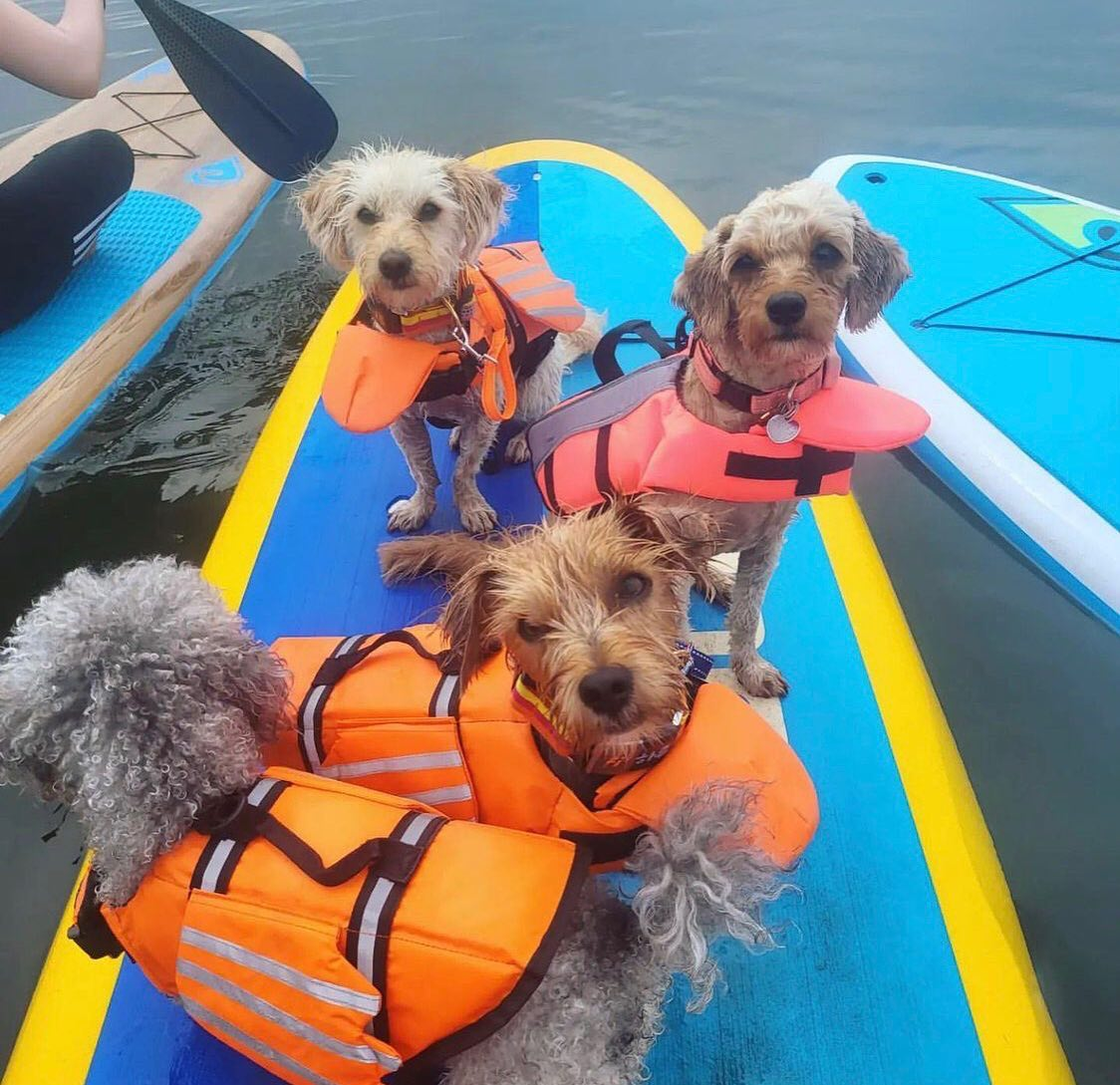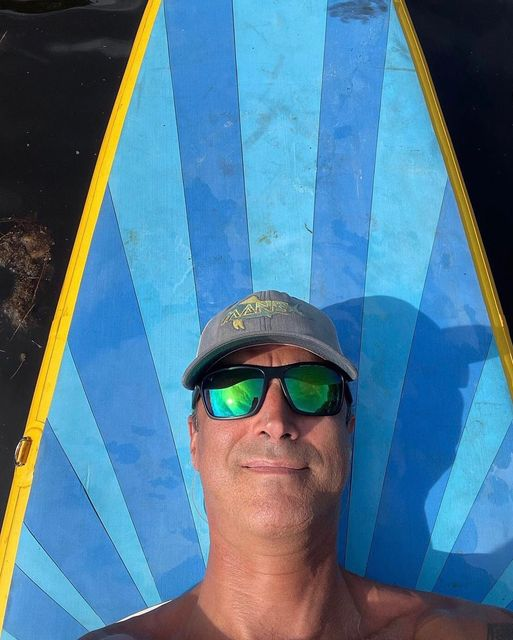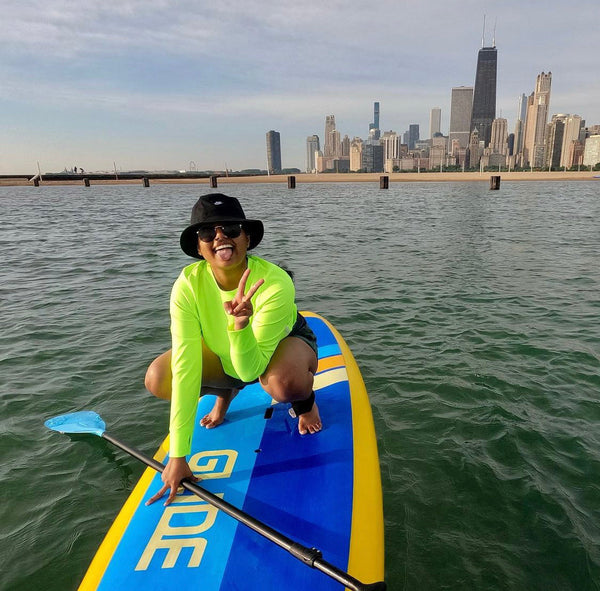Are you ready to dive into the world's fastest-growing water sport? Stand-up paddle boarding (SUP) lets you glide across waterways without needing to get too wet—unless you want to! More versatile than canoes and kayaks, paddle boards allow you to stand, kneel, or lie down while exploring rivers, lakes, and oceans.

Paddle Boards and Paddles Unlike the seated position in canoeing, SUP involves standing, which means your paddle needs to be longer. It's equipped with a blade on one end and a handle on the other, designed to give you the leverage you need while upright. Over the past few years, SUP has become a popular, relaxing way to travel across water.
Is It Hard to Paddle Board? Here’s a little secret: paddle boarding isn’t that hard! Most people can pick up the basic skills in just a few days. While there are more challenging forms of the sport, like SUP surfing or long-distance touring, starting out with basic paddle boarding is straightforward and quick to learn.
Getting Started with the Right Gear To begin your paddle boarding adventure, you only need two essential items: a paddle board and a paddle. Initially, you might want to rent or borrow equipment until you’re sure it’s the right sport for you. Once you’ve got the hang of it, investing in your own gear is the next step.
Choosing the Right Board The type of paddle boarding you plan to do will influence the kind of board you need. Boards vary depending on whether you intend to hit whitewater, surf waves, embark on long tours, race, or even try SUP yoga. Rentals are a great way to start, as experts can help you choose the best board for your activities and local water conditions.

Safety First Whether you rent or buy, safety is paramount. The Coast Guard mandates a personal flotation device for paddle boarding. Also, using a leash to keep your board attached to you and carrying a safety whistle are good practices.
Types of Boards: Hard vs. Inflatable Paddle boards come in various sizes, typically ranging from 6'6" to 12 feet in length and 31" to 35" in width. Beginners might opt for a board that's at least 11'6" long and 31" wide to ensure stability and buoyancy. When it comes to choosing between a hard epoxy board and an inflatable board, consider your lifestyle needs. Inflatables, introduced around 2014, offer ease of transport and storage and are almost as rigid as hard boards, thanks to advancements in technology.
Paddle Boarding Basics SUP essentially involves using a long paddle to propel what is effectively a giant surfboard through the water. It’s an enjoyable full-body workout and doesn't require waves like traditional surfing; you can paddle anytime, anywhere.
Paddle Sizing Your paddle should be the right length to prevent strain and maximize efficiency. Adjustable paddles are ideal for beginners, allowing you to find the perfect length as you try different aspects of the sport.
How to Paddle Board Practicing on land can be beneficial before hitting the water. Start by lying flat, then push up to your knees before standing. This helps you get the feel for the motion without the instability of water.
When you’re ready for water, start in a prone position on your board in shallow water, using your arms to paddle out. Move to your knees as the water deepens, then stand up from an all-fours position for better stability.
If You Fall Falling off is part of the learning process. To minimize injury, practice falling away from your board and into water that’s free of obstacles like rocks or logs.
Advanced Paddling Techniques Once you're comfortable, you can explore different strokes to increase your paddling efficiency and maneuverability. Use your core and legs, not just your arms, to paddle. This reduces fatigue and leverages stronger muscle groups.
Turning Techniques Turning techniques vary from the simple sweep stroke to more advanced maneuvers like the step back stroke, used by racers who need quick turns around buoys.

Conclusion Paddle boarding offers a unique way to enjoy the outdoors and stay fit. With just a bit of practice, you’ll find yourself confidently gliding along the water, enjoying the scenery from a whole new perspective. So why wait? Grab a paddle and get on board—the water awaits!






